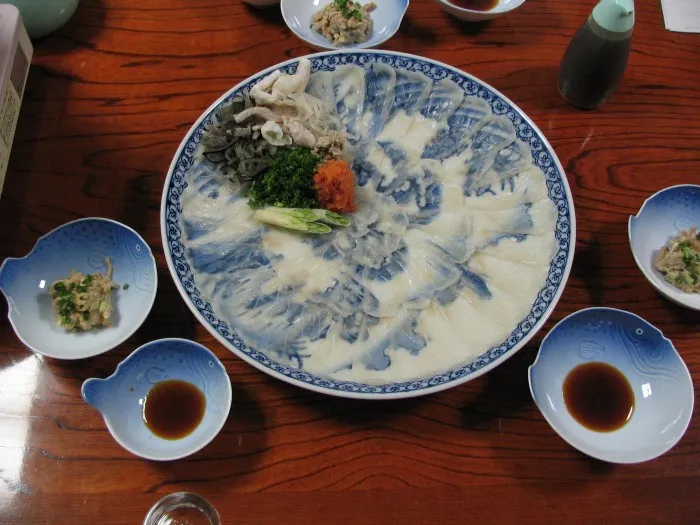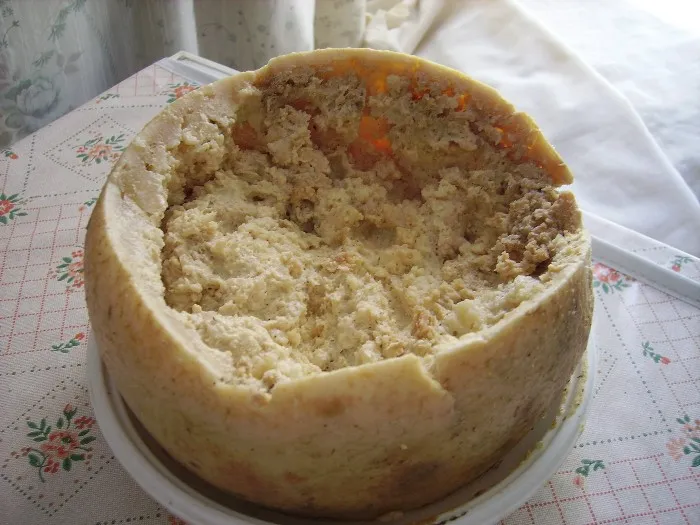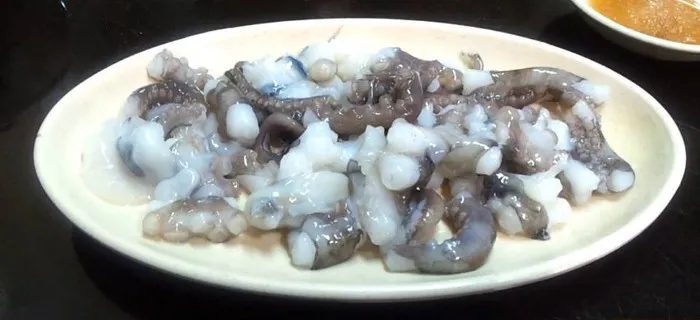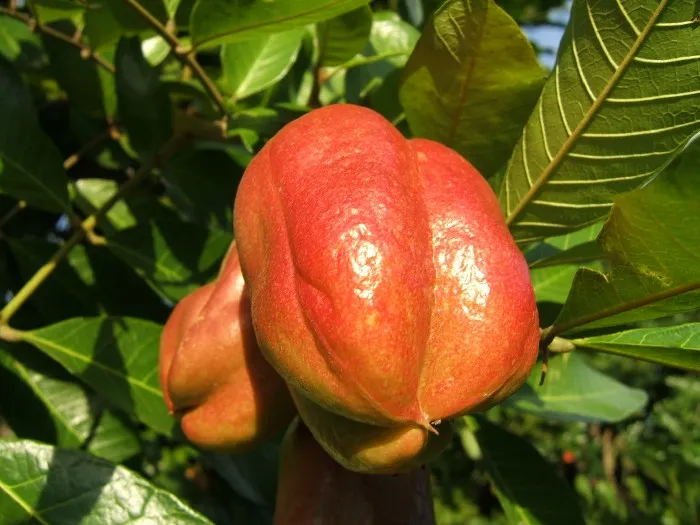You may say you would die for fashion, but would you die for fashionable foods? Some of the most gourmet dishes in the world are actually poisonous. Other traditional foods present such a health hazard that they’re banned in the United States. Should you go traveling and encounter these delicacies: eat at your own risk!
Fugu
Pufferfish is on many Japanese tables at the high price of $200 a pop — and X people die by consuming the fish, called fugu, every year. That’s because the pufferfish contains tetrodotoxin, a powerful neurotoxin. A lethal dose is smaller than a pinhead, and only proper cooking technique can deactivate the toxin. Expert chefs must train for at least two years to be licensed to prepare fugu. So far, there have been zero fatalities at Japanese restaurants, but about one person per year dies of tetrodotoxin poisoning, usually after catching their own pufferfish. Moral of the story: leave the preparation of the murder fish up to the experts.
Casu Marzu
If your cheese just hasn’t been wiggly enough recently, perhaps you should try Casu Marzu, a traditional Sardinian cheese brimming with live maggots. The food is banned in the United States because, as you might imagine, it’s full of harmful microbes that can cause poisoning. There’s also a risk of the larvae surviving in the stomach, which does not lead to a good time. Technically, the resulting myiasis won’t kill you, but it’s very hard to eradicate from the body because the maggots are resistant to pharmaceutical treatment.
Sannakji
We humans tend to kill our prey before eating it. Our teeth and gastrointestinal tracts just aren’t meant to accommodate squirming prey. That’s why the sushi dish Sannakji is a dangerous gamble. In this Korean gourmet dish, the octopus is freshly killed right before it arrives on your plate. The problem is that the tentacles continue to wiggle and can stick to the inside of your throat, causing asphyxiation. About six people die from this every year, so be sure to take your time with this food before swallowing. Your mother was right: chew your food.
Ackee
If you’re a sucker for tropical fruit, I don’t blame you… but you might want to pass on the ackee unless you are certain it’s ripe. Unripe ackees are full of hypoglycin A, which binds to valuable nutrients and causes hypoglycemia. In some cases, this condition can turn fatal. And be sure not to swallow the seeds — they’re always poisonous. Although ackee is regularly consumed in Jamaican gourmet dishes, it has to be properly ripened and handled. For those reasons, the United States has banned the import of ackee products.
Cassava
Cassava is technically not banned in the United States, but perhaps it should be. Commonly known as tapioca (yes, as in the pudding), raw or undercooked cassava still contains cyanide, which causes paralysis and often death. Sadly, cassava has become a go-to food among impoverished, war-torn people in Western Africa, where it’s often not prepared properly. And in a horrific tragedy in 2005, a group of Filipino schoolchildren succumbed to cassava poisoning. Perhaps it’s better to stick with chocolate pudding.
Of course, any gourmet food can become toxic if it’s not prepared properly — or stored correctly prior to preparation. Most of our favorite foods are not poisonous, but foodborne disease causes 76 million illnesses and 5,000 deaths every year in the U.S. Always handle your food safely to help eliminate harmful pathogens and toxins. After all, eating is one of the most enjoyable activities life has to offer. Don’t let it end with a trip to the ER.




